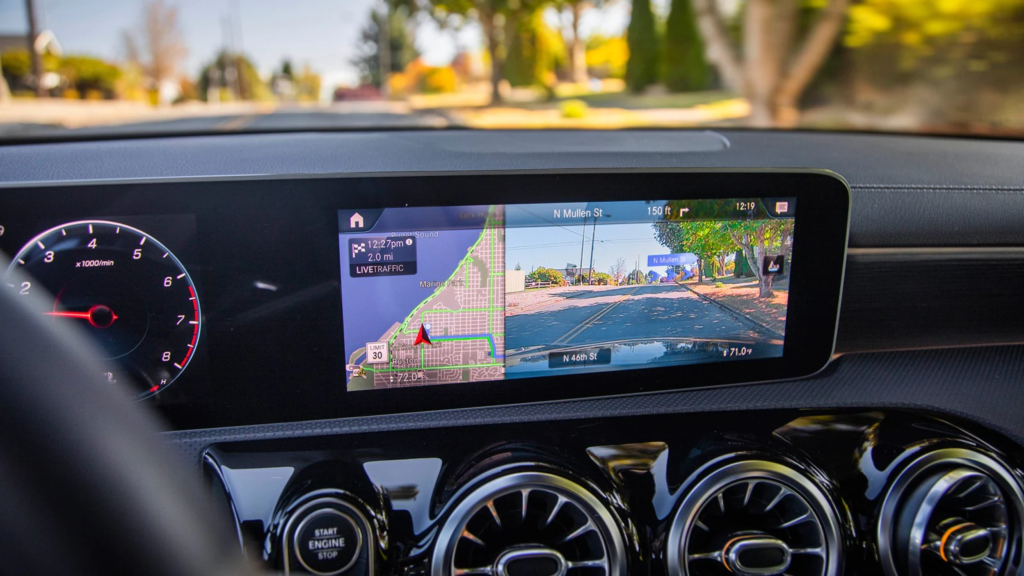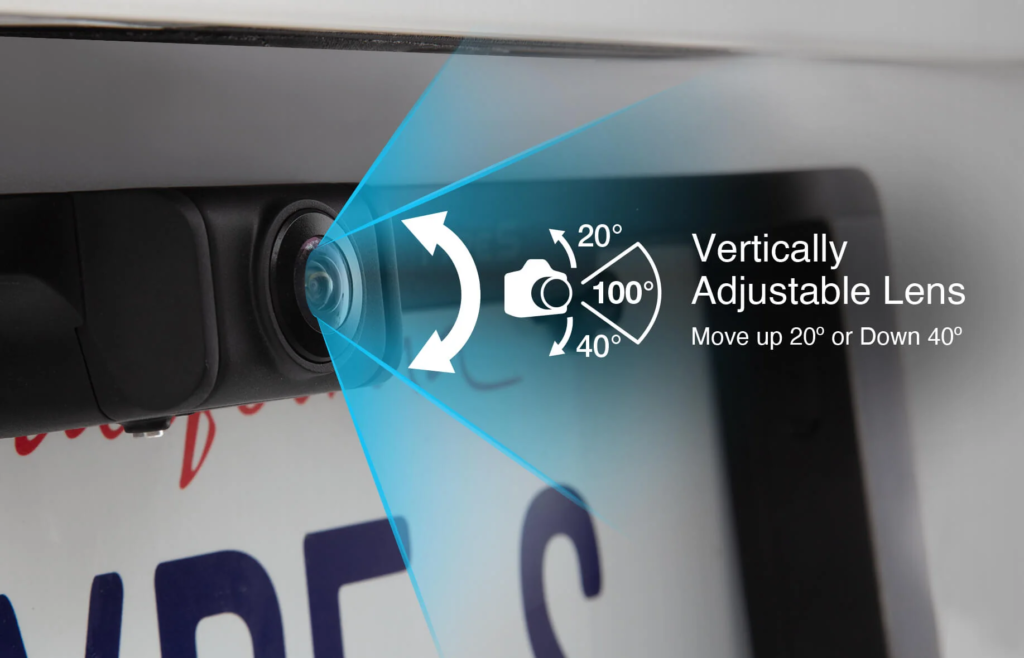
Rearview cameras have become an essential feature in modern vehicles, offering drivers enhanced visibility and maneuverability while reversing. Designed to address the inherent challenges of backing up a vehicle, these cameras significantly reduce the risk of accidents and improve overall safety. As part of the broader suite of driver assistance technologies, rearview cameras are instrumental in preventing collisions and facilitating smoother driving experiences. Here’s a comprehensive look at how rearview cameras work, their benefits, and their limitations.

1. How Rearview Cameras Work
Rearview cameras are equipped with a small, high-resolution camera mounted on the rear of the vehicle, typically above the license plate or integrated into the rear trim. These cameras are connected to a display screen in the vehicle’s cabin, usually located on the dashboard or integrated into the rearview mirror. Here’s how the technology functions:
- Camera Placement and Function: The rearview camera captures a wide-angle view of the area directly behind the vehicle. This view is transmitted to the display screen inside the vehicle, allowing drivers to see what is behind them while reversing.
- Grid Lines and Guidelines: Many rearview cameras include grid lines or guidelines superimposed on the display screen. These lines help drivers gauge distances and align the vehicle accurately when backing up, making it easier to park or navigate tight spaces.
- Additional Features: Some advanced rearview camera systems come with additional features, such as dynamic guidelines that adjust based on steering angle, automatic activation when the vehicle is put into reverse, and integration with parking sensors or collision warning systems.
2. Benefits of Rearview Cameras
Rearview cameras offer several significant benefits that enhance driving safety and convenience:
- Enhanced Visibility: One of the primary advantages of rearview cameras is improved visibility. By providing a clear view of the area behind the vehicle, these cameras help drivers spot obstacles, pedestrians, or other vehicles that may be obscured by blind spots or the vehicle’s structure.
- Reduced Risk of Accidents: Rearview cameras play a crucial role in reducing the risk of backing-up accidents. By giving drivers a better view of their surroundings, the technology helps prevent collisions with objects or people that may be in the vehicle’s path.
- Improved Maneuverability: Maneuvering in tight spaces, such as parking lots or driveways, becomes easier with a rearview camera. The visual guidance provided by the camera helps drivers align their vehicle accurately, facilitating smoother and more precise parking.
- Increased Driver Confidence: The added visibility and assistance provided by rearview cameras can boost driver confidence, especially when reversing in challenging conditions or unfamiliar areas. Knowing that potential hazards are visible on the screen allows drivers to make more informed decisions.
3. Limitations of Rearview Cameras
While rearview cameras offer numerous benefits, they also have limitations that drivers should be aware of:

- Performance in Adverse Conditions: Rearview cameras may be less effective in poor weather conditions, such as heavy rain, fog, or snow. Water droplets, ice, or dirt on the camera lens can obscure the view and reduce image clarity.
- Limited Field of View: Although rearview cameras provide a wide-angle view, they cannot cover every possible angle. Blind spots and areas directly adjacent to the vehicle may not be fully visible, necessitating additional checks and vigilance.
- Potential for False Security: Drivers may become overly reliant on rearview cameras, leading to reduced attention while reversing. It’s important to use the camera as a supplementary tool rather than a sole reliance for safety.
- Image Quality and Latency: The quality of the image displayed on the screen can vary depending on the camera resolution and technology used. Some systems may experience image lag or distortion, affecting the clarity of the view.
4. Best Practices for Using Rearview Cameras
To maximize the effectiveness of rearview cameras and ensure safe operation, consider the following best practices:
- Regular Maintenance: Keep the camera lens clean and free from obstructions. Regularly check for any dirt, snow, or damage that could affect the camera’s performance.
- Use Complementary Checks: Combine the use of the rearview camera with other checks, such as turning your head and using mirrors. This comprehensive approach ensures that you are aware of all potential hazards while reversing.
- Understand Your System: Familiarize yourself with the features and limitations of your vehicle’s rearview camera system by consulting the owner’s manual. Understanding how the system operates will help you use it more effectively.
- Be Mindful of Limitations: Recognize that rearview cameras have limitations and are not a substitute for careful driving and situational awareness. Be prepared to address any issues that may arise and use the camera as part of a broader safety strategy.
5. Conclusion
Rearview cameras have become a vital component in enhancing vehicle safety and maneuverability while reversing. By providing improved visibility, reducing the risk of accidents, and facilitating smoother parking, these cameras contribute to a safer and more convenient driving experience. Understanding how rearview cameras work, their benefits, and their limitations can help drivers make the most of this technology and ensure a safer journey. As automotive technology continues to advance, rearview cameras remain an essential tool in promoting overall road safety and driver confidence.





